Vincent Tibbetts / Walt Hendee
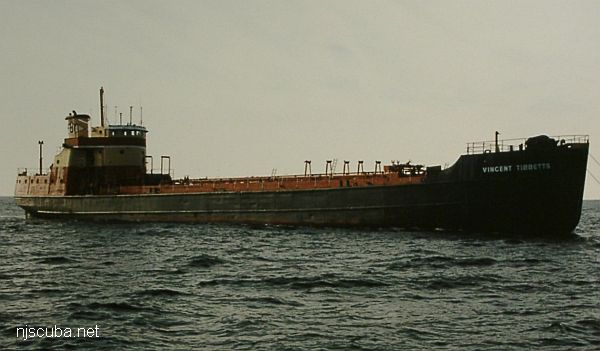
- Type:
- artificial reef, T1-M-A2 tanker, gasoline
- Built:
- 1944 Bayonne NJ USA as USS Ochlockonee AOG-33
- Specs:
- ( 244 x 37 ft ) tonnage unknown after lengthening
- Sponsor:
- Cape May County Party & Charter Boat Association, PSE&G Habitat Restoration Fund, friends of Walt Hendee, Ann E. Clark Foundation
- Dedication:
- Walt Hendee
- Sunk:
- Thursday Sept 5, 2002 - Deepwater Artificial Reef
- GPS:
- 38°58.385' -74°11.429'
- Depth:
- 135 ft
AOG-33 Ochlockonee ( A river that flows through Georgia and Florida )
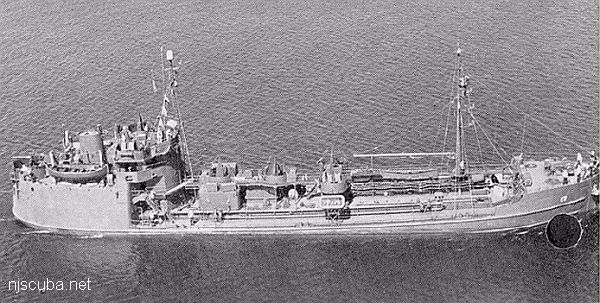
Displacement: 846 tons (light) 2,270 tons (full load )
Length: 220' 6"
Beam: 37'
Draft: 17'
Speed: 10 kts.
Complement: 62
Armament: 1 x 3"/50 dual purpose, 2 x 40mm, 3 x 20mm
Cargo Capacity: 1,228 DWT
Propulsion: diesel direct drive, single screw, 720hp
History:
The USS Ochlockonee was a Mettawee-Class gasoline tanker. She was formerly MC Hull 1530, and was laid down under a Maritime Commission contract 18 October 1944 by East Coast Shipyard, Inc., Bayonne, New Jersey; launched 19 November 1944; sponsored by Mrs. Albert Robinette; acquired by the Navy 18 December 1944; and commissioned 29 December 1944 with a Coast Guard crew, Lt. Arthur W. Walker, USCG, in command.
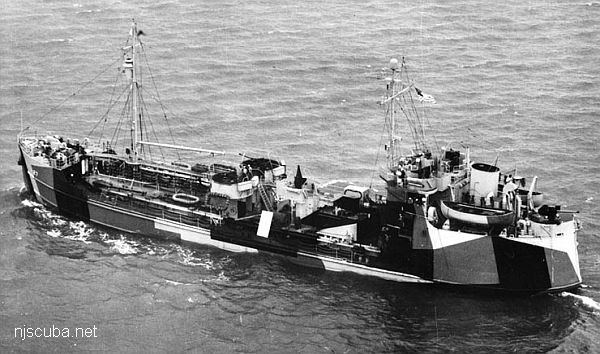
Following shakedown in the Chesapeake Bay, Ochlockonee departed Norfolk 15 February 1945 for Hawaii via Aruba, the Panama Canal, and San Diego, arriving 14 April. Operating out of Pearl Harbor for the remainder of the war, Ochlockonee made fueling runs among the Hawaiians and to Johnston and Canton Islands.
She decommissioned at San Pedro, Calif., 14 January 1946, and was struck from the Navy List 7 February. Returned to the Maritime Administration on 21 June and sold for commercial service. Owned by various companies including Texaco Oil Company which renamed her Texaco No. 10. Later renamed Vincent Tibbetts. Laid up in 2001. Final disposition: sunk as an artificial reef, September 5 2002, off the New Jersey coast.
-- from Coast Guard and Navy historical records
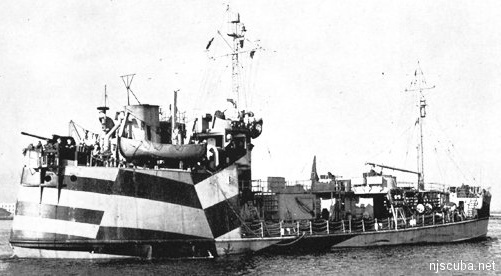
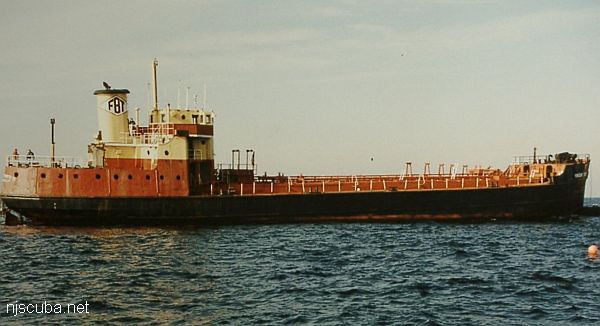
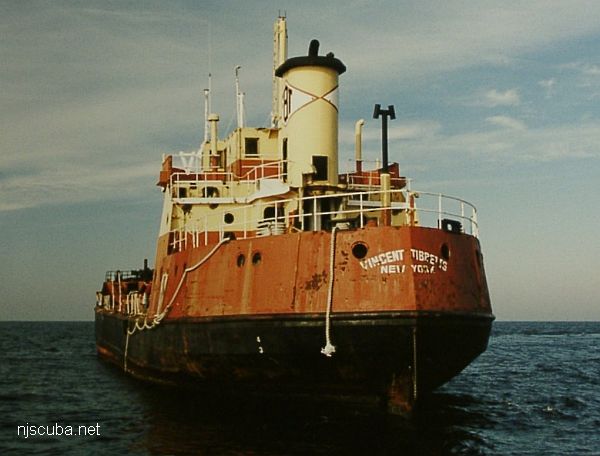
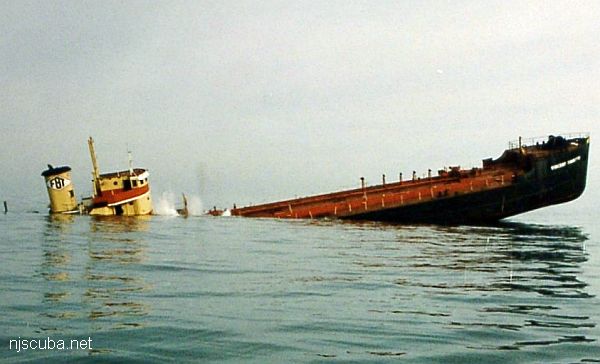
The AOG designation stands for 'Auxiliary Oiler - Gasoline'. These were ocean-going vessels, as opposed to YO's (Yard Oiler) which were similar but smaller harbor support craft. The Mettawee-class gasoline tanker was the smallest AOG at 221 feet, but it was the largest class of this important type of vessel. These little ships covered every front of the war from the South Pacific to Alaska, and also served in the Atlantic. After the war many were transferred to the merchant fleet.
Ochlockonee was sister to AOG-23 Ammonusuc ( Mary C )

T-1 tankers were small product carriers, designed to carry gasoline. Almost all of them went to either the United States Navy, as AOGs, or to Britain, for service in a similar role. Many of those under construction at the end of the war were sold immediately.
AOG-33 was launched on November 19th 1944. She was delivered to the United States Navy on December 18th, 1944, where she was allocated to the Asiatic-Pacific Theater. In 1946, the vessel was decommissioned at San Pedro, California, and struck from the Naval Register on November 7th, 1946.
In 1947, she was acquired by the Tidewater Associated Oil Company of Wilmington, Delaware, where the vessel was renamed Tycol. In 1949, the Tidewater Associated Oil Company had the tanker lengthened. In 1958, she was acquired by the Getty Petroleum Company Incorporated of New York, NY, where the vessel was renamed Newark Getty.
In 1959, the vessel was acquired by the Poling Brothers Transportation Company of New York, NY, where she was renamed Poling Bros. No. 10. In 1967, she was acquired by the Texaco Marine Company Incorporated of Beaumont, TX, where she was renamed Texaco No. 10.
In 1969, the vessel was re-acquired by Poling Brothers Transportation Company of New York, NY, where she was renamed Poling Bros. No. 10. In 1974, she was acquired by the John P. Alban Corporation of New York, NY, where the vessel was renamed John P. Alban.
In 1974, the vessel was acquired by the Boston Fuel Transportation Company of East Boston, MA (a subsidiary of the Reinauer Transportation Company of Staten Island, NY) where she was renamed for the last time Vincent Tibbetts.

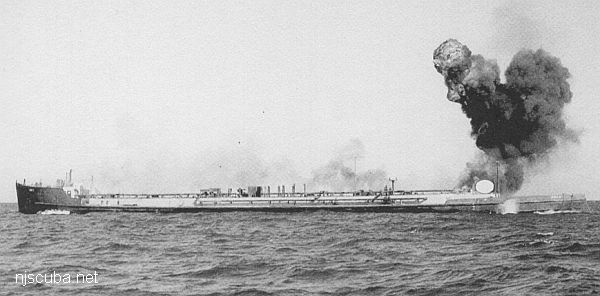

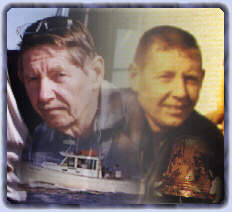
Questions or Inquiries?
Just want to say Hello? Sign the .